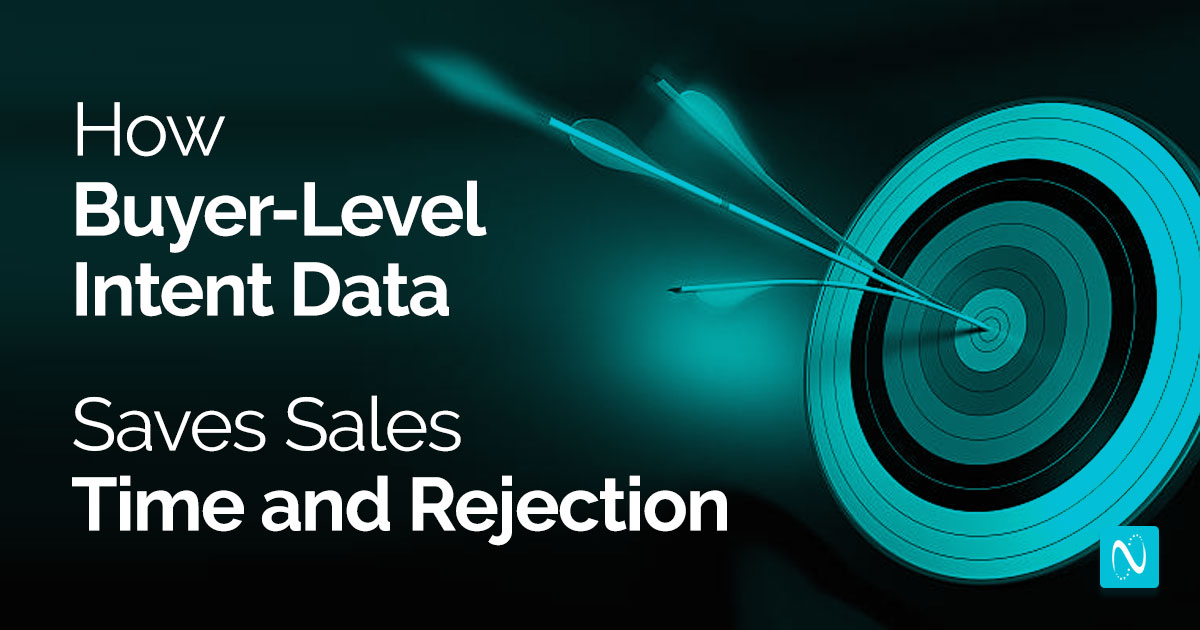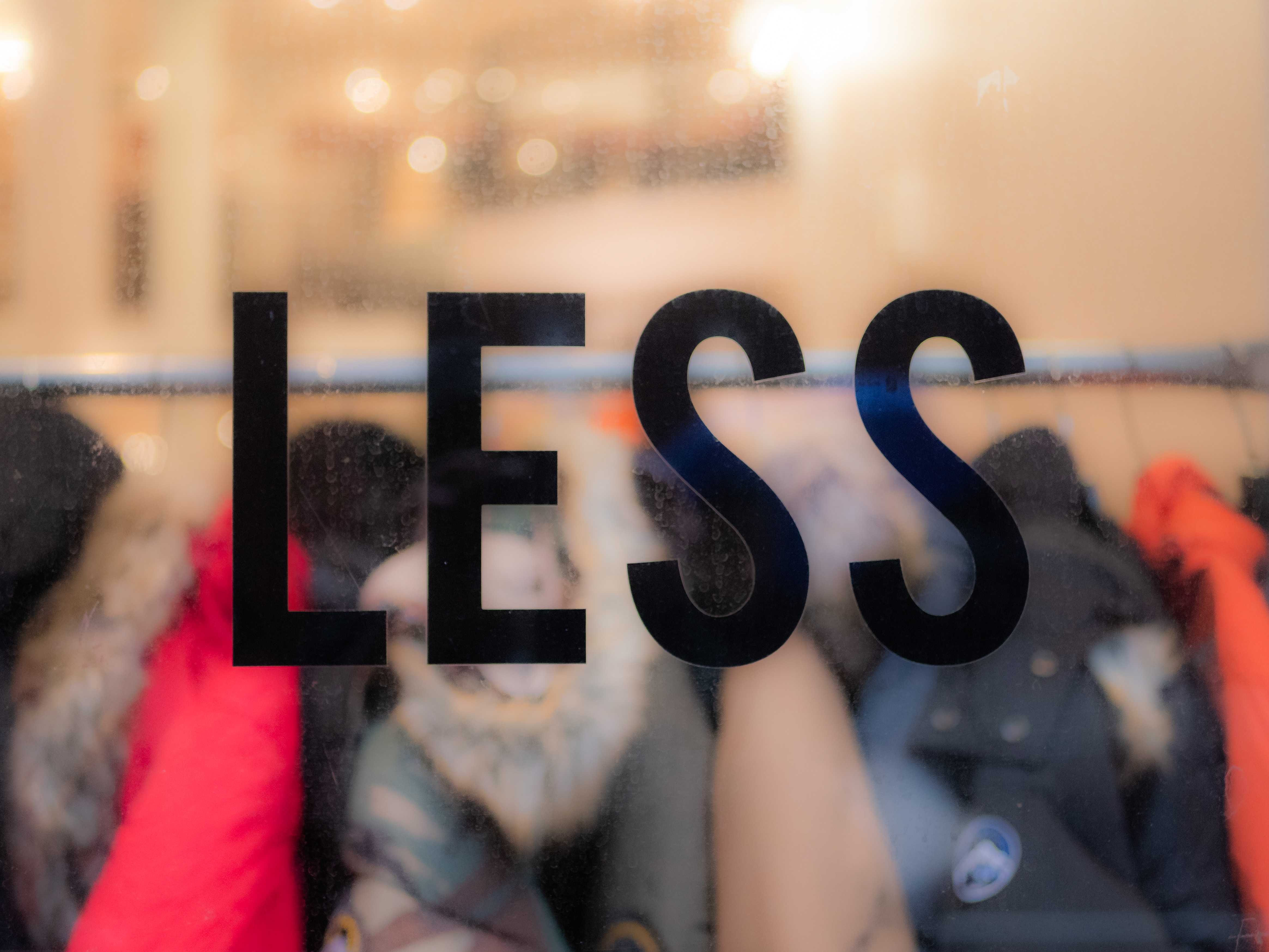Buyer-level intent data allows sales teams to cut down on the amount of time they spend prospecting, doing cold outreach, and waiting weeks to hear from prospective buyers.
Leveraging buyer-level intent simplifies the lives of everyone involved in the sales process—especially the consumer, who gets a more tailored group of messages that better suit their needs.
In this piece, we’ll review the current struggles of B2B sales professionals, why account-level intent data is insufficient for sellers, and how buyer-level intent data saves time, effort, and most importantly, accelerates pipeline.
“What Comes First?”
“The definition of insanity is doing the same thing over and over and expecting different results.” – Albert Einstein
“Where do I even start?”
This is the question that so many sales professionals in B2B seem to be asking.
Despite multiple reports and studies claiming that B2B organizations would begin spending in 2023, not much has changed. Instead, it continues to be tough sledding for sales professionals at all levels.
And there’s good reason for it: Many businesses are struggling mightily. Even the companies that have been fortunate enough not to need to lay off employees still feel the ripple effects from those that have.
Integrate’s 2023 State of B2B Marketing Budgets survey reported that some of the biggest challenges B2B marketers shared include headcount cuts (40%), increasing growth targets (39%), and budget cuts (38%).
While anecdotally we knew that everyone was being asked to do more with less, Integrate’s survey all but confirms it.
So now what? Let’s return to the first question we asked.
So Much Data, So Little Action
The B2B industry is awash in billions of different data points. It has been for quite a while.
A lack of information has never been the question, however. Similar to many things online, we’re dealing with a lack of knowledge.
A 2021 article from Psychology Today summarized one of the key differences between knowledge and information thusly:
“Knowledge depends on having a context into which information can be accurately placed; context is one of the keys.”
Context is one of the keys.
Despite all of this data, so much of what we’ve historically had access to is drastically lacking in context.
When it comes to understanding the motivations of a user and then, conversely, determining what would likely drive them to take action, it requires a great deal of context.
Fortunately, intent data offers far more contextual information to B2B sellers.
Intention Leads to Action
The contextual details produced via intent data provide knowledge into precisely:
- What a user is interested in
- When they took action
- and Where it occurred
Buyer-level intent data goes even further, delivering who is showing interest, as well.
Because of this context, this data is truly actionable.
Before the introduction of intent data at the contact-level, intent data for the longest time wasn’t seen as a priority for B2B organizations, especially within the sales department.
Bringing Buyer-Level Intent to Sales
Recently, I was speaking with a sales executive who’s been at multiple organizations in a variety of roles. What he shared with me was enlightening.
“Sales reps are stubborn,” he said. “We aren’t keen on change.”
I certainly understand this. Personally, I’m not a fan of change, either, even if it’s ultimately to my benefit.
Buyers Consume More and Communicate Less
Photo by the blowup on Unsplash
We’ll caveat the above shortly, but it’s pretty plain: Buyers continue to consume more content and it takes far longer to get in touch with them.
Consumers will do just about anything not to talk with a sales rep. When they do, they need to have a very compelling reason for doing so.
Research from Hubspot in 2021 indicated that it took between eight and 12 touch points to get one contact within one account to accept or respond to a meeting.
So how much have things changed?
The theory goes that result every few years these touch points increase by about three. By this logic, we should have expected it to take between 11 and 15 touches to have a meeting request accepted or responded to.
Since the pandemic, however, it appears that this number has only doubled.
More recent research finds that, on average, it now takes 25 touchpoints before a contact agrees to meet.
25 touchpoints!
That’s the equivalent of 8 emails, 10 phone calls, 6 LinkedIn messages, and one physical gift/good sent to your prospect. That’s a lot of time before getting to connect with your prospect.
Given that some salespeople have 400 accounts to their names within some organizations. How are they supposed to be able to scale this?
So why does it take so long?
Going back to the conversation I had with the veteran sales exec, what he said to me after the aversion to change is what got right to the heart of the issue:
“Ultimately, we don’t know what buyers are interested in. We’re taking a lot of shots in the dark.”
Bingo.
This is why the number of touchpoints has doubled in the last two years. The combination of WFH, third-party cookie degradation, and blocking, along with the pressing need to book business has brought us to this point.
Once again, this is where buyer-level intent shines.
Understanding the Needs of B2B Buyers
Returning to Integrate’s State of Marketing Budgets report, their research shared that approximately half of B2B marketers face a significant challenge in using data to make informed decisions and measure performance.
This highlights a growing necessity for marketers to justify their expenditures to finance departments and C-level executives, underscoring the importance of “defending the spend.”
Defending the spend has lead to every organization doing more with less.
The word “less” automatically conjures up the idea that you truly at a disadvantage.
But, of course, in this case, less means less clutter, less noise, and more signal.
Taking Aim
What if, instead of taking shots in the dark, you could shine a light as powerful as the Sun and aim right down the middle?
Buyer-level intent data delivered through INTENTIVE allows sales professionals to know precisely what their buyers are interested in. They’re able to understand who the right contact is, what their confirmed projects are, and more. Effectively, buyer-level intent data delivers everything that you would only discover during a sales call specifically discovery call
Think about the number of hours that you would save simply by leveraging this tool.
One of NetLine’s Senior Sales Executives has been able to quantify the amount of time INTENTIVE has saved her: The equivalent of one full day each week.
How much more productive and efficient would you and your sales team be with nearly an extra week to properly prospect or personalize each month?
Imagine how much time you could save if you knew:
✔WHO the right contact is
✔WHAT they want
✔WHAT they’ve consumed
✔WHAT actions they’ve taken
✔WHEN they expect to make a purchase decision
INTENTIVE enables this.
B2B Sales Teams Should Be Using Buyer-Level Intent Data
It’s clear that buyer-level intent data opens an entire world of possibilities for B2B sellers.
Equipped with it, sellers can determine who to prioritize, what their prospects need to decide, and when their timeline might be.
Ultimately, B2B buyer-level intent data saves sellers time and increases their productivity, leading to favorable (and more likely profitable) outcomes for everyone involved.

